This article was co-authored by Courtney Copriviza and by wikiHow staff writer, Hannah Madden. Courtney Copriviza is an Elementary School Teacher based in Maui, HI. Courtney specializes in elementary education, classroom management, and social and emotional development. She holds a BA in Communication with a minor in Urban Education and an MA in Teaching from Santa Clara University. Courtney has also taught high school in Madrid, Spain. She is a member of Kappa Delta Pi International Honors Society in Education.
There are 9 references cited in this article, which can be found at the bottom of the page.
This article has been viewed 256,198 times.
Teachers have a very important job: educating the next generation. If you want to shape young minds and prepare them to be successful late in life, then teaching is probably the right job for you. Becoming a teacher can seem like an overwhelming task, with licenses, certifications, and degrees getting in the way. However, by honing in on your career path early and getting started right away, you can get qualified to become a teacher and apply for your first job.
Steps
Getting Certified
-
1Choose the area of teaching you’d like to work in. There are many different age groups, levels, and specialized subjects you can teach once you have a license. Think about what age range you’d like to work with the most or which subject you like the best before you sign up for a program so you can pick the one that’s right for you.[1]
- You can also enroll in a specialized program, like special education or physical education.
- Early childhood education ranges from preschool to kindergarten levels.
- Elementary school education focuses on children in elementary or primary school.
- Secondary school education is for middle school or high school aged children. If you want to teach kids these ages, you may need to pick a specific subject to focus on, like science, language arts, or history.
-
2Sign up for a Bachelor’s Degree program. Make sure the school you choose is certified by the National Council for Accreditation of Teacher Education, or NCATE, before you sign up. Then, pick out the program you’d like to enroll in and sign up for classes.[2]
- In order to be a teacher, you must have at least a Bachelor’s Degree.
- Bachelor’s Degree programs usually take about 4 years to complete.
- During your program, you should take classes focusing on childhood education and childhood development so you can learn how to relate to the children you’ll be teaching.
Advertisement -
3Get experience by doing student teaching. During your degree, you’ll have the opportunity to get experience by teaching a classroom full of students. You’ll most likely have to complete a certain amount of hours in the classroom in order to graduate, and it’s a great way to get real life experience in the field that you’d like to be in.[3]
- Usually, programs require you to student teach for 3 to 4 months.
- You’ll have the assistance of the actual teacher in the classroom still, so if you need any help, they can provide it.
-
4Enroll in a Master’s program if it’s required for your state. While most K-12 teachers do not need a Master’s degree to teach, if you’re in a specialized program like special education or counseling, you may need to get a Master’s degree. Check with your state licensing board to see what the requirements are for your state.[4]
- Feel free to get your Masters during your first few years of teaching.[5] In fact, many teachers get Master’s degrees after they start teaching since they are required to continue their education as they teach. However, the school district will often help pay for any classes.
- A Masters degree can bump up your pay.[6]
-
5Take the teacher certification test to get your license. The teacher licensing test is different based on which state you’re in, but it often includes showing basic knowledge of the age group / subject you signed up to teach, and it is often formatted like a standardized test. Check with your state licensing board to see how to sign up for a teacher certification test, then study hard and pass it so you can get your license![7]
- Even if you have a Bachelor’s Degree, you won’t be able to work as a teacher without a license.
- Teaching licenses vary by state. If you plan on moving to a new state to teach, you may have to take a separate test to get a new license.
- If you’re in a Bachelor’s Degree program, your professors may help you prepare for your test. Otherwise, you can search for practice tests online through the National Education Association.
Applying for Jobs
-
1Get familiar with the school district’s guidelines and policies. Before you go in for an interview, take a look at average standardized test scores, special needs programs, or free/reduced lunch percentages. This will help you focus your answers and do better on your interview overall, since you’ll know more about the average students and how you can help them during your job.[8]
- Every public school has to report this information to the state, so you can look it up through your state’s website.
-
2Look for jobs within school districts near you. To find jobs, search online for the school districts in your area and look for openings. You can look at high schools, middle schools, elementary schools, or preschools, depending on which age range you specialize in.[9]
- Depending on where you live, you may have several school districts nearby.
- You can also look for opportunities on LinkedIn, Monster, and Indeed.
-
3Apply for private schools if you’d like a smaller class size. Private schools are funded privately, meaning they don’t get government money to run. They often have smaller class sizes, but they can come with lower salaries. Look for private school opportunities if you’d like to teach a more specialized group of children.[10]
- Private school positions can also come with more freedom, since they don’t have to follow all of the state guidelines for education.
-
4Try substitute teaching until you land a full-time position. Substitute teachers get called in any time a teacher is sick and can’t come into work. While you won’t be guaranteed work every day, substitute teaching is a great way to network with people in your field and earn money while you look for a full-time job. Find substitute positions by signing up with your school district as an on-call sub.[11]
- If a teacher is out for a long period of time, you may be able to sub for them for a few months or even a year.
-
5Emphasize what you can do for your students. As you talk to your interviewers, tell them about what your skills are and how they can benefit the children you’ll teach. Talk about how passionate you are about education and why you want to be a teacher to leave a good impression and (hopefully!) get the job.[12]
- For example, you could say, “I’ve been passionate about teaching ever since I was little and I’d help my sister with her ABCs. I have a lot of patience and I don’t get flustered easily, so I can handle anything that gets thrown my way.”
- Or, “My Bachelor’s Degree was focused on special education, so I know a lot about teaching children who may require something other than a classic school setting. I know how to remain calm, cool, and collected under stress, which is very beneficial in this line of work.”
- If you do get the job, be prepared to decorate your own classroom, come up with lesson plans, and connect with your students right away.
Continuing Your Education
-
1Renew your license every 5 years. The teaching license is only good for 5 years, and then you’ll have to apply for a new one. In most states, you’ll have to take a certain amount of continuing education classes to get a new license, so make sure you have all of those done before you apply. Then, contact your state licensing office to pay a small fee and renew your license.[13]
- Continuing education classes are usually master’s-level classes that are paid for by your employer.
- The license renewal fee is usually around $40.
-
2Go to teaching workshops to learn new skills. As you teach, you can get notified about workshops and conferences to learn new teaching methods or information about standardized tests. You can ask your employer to fund your ticket or go to these on your own to freshen up your skills and keep learning throughout your professional life.[14]
- This is also a good way to learn about new issues in education and how to combat them effectively.
-
3Connect with a professional organization for networking opportunities. There are many professional organizations for teachers, and a few are specialized toward a specific subject. You can sign up to be a member of one of these organizations to connect with other teachers in your field, attend workshops, or get access to classes and educational opportunities.[15]
- The National Education Association, American Federation of Teachers, the National Council of Teachers of English, and the National Science Teaching Association are all great organizations to look into.
-
4Get a Master’s or a PhD to further your education. As you take the classes required to renew your license, you can apply those classes toward a degree. You may have to take more classes and pay for some on your own, but your school district will generally help to pay for any further education you choose to pursue.[16]
- Most teachers are able to earn a second degree within 5 years of their first job.
Community Q&A
-
QuestionWhat should I do if I don't have a printer to make workbooks or worksheets?
 Community AnswerThe faculty room or library at your school may have a printer that you can use. If not, your local library or print shop may also have a printer. You may even get a discount if you bring your teacher's ID card.
Community AnswerThe faculty room or library at your school may have a printer that you can use. If not, your local library or print shop may also have a printer. You may even get a discount if you bring your teacher's ID card. -
QuestionWhat should a teacher do if a pupil misbehaves or starts being rude or agressive?
 Community AnswerSpeak to them calmly at first. If it gets worse, then you could take away their play time or impose other consequences.
Community AnswerSpeak to them calmly at first. If it gets worse, then you could take away their play time or impose other consequences. -
QuestionHow do I act and dress like a teacher?
 Community AnswerDress smartly and conservatively. Dress in any professional attire.
Community AnswerDress smartly and conservatively. Dress in any professional attire.
References
- ↑ https://www.bls.gov/ooh/education-training-and-library/high-school-teachers.htm
- ↑ https://www.bls.gov/ooh/education-training-and-library/middle-school-teachers.htm
- ↑ https://www.publicservicedegrees.org/how-to-become/teacher/
- ↑ https://www.publicservicedegrees.org/how-to-become/teacher/
- ↑ Courtney Copriviza. Elementary School Teacher. Expert Interview. 18 June 2021.
- ↑ Courtney Copriviza. Elementary School Teacher. Expert Interview. 18 June 2021.
- ↑ https://www.bls.gov/ooh/education-training-and-library/high-school-teachers.htm
- ↑ http://www.nea.org/home/38317.htm
- ↑ http://www.nea.org/home/38317.htm
- ↑ https://www.wgu.edu/heyteach/article/teaching-private-school-pros-and-cons1701.html
- ↑ http://www.nea.org/home/38317.htm
- ↑ https://www.bls.gov/ooh/education-training-and-library/high-school-teachers.htm#tab-4
- ↑ https://www.teaching-certification.com/teaching/texas-teacher-certification-renewal.html
- ↑ https://www.publicservicedegrees.org/how-to-become/teacher/
- ↑ https://www.publicservicedegrees.org/how-to-become/teacher/
- ↑ https://www.teacher.org/
About This Article
To be a teacher, decorate your classroom with updated materials and arrange desks and furniture so students can easily see and hear you. Be sure to learn your school's procedures and rules so you can enforce them consistently. Always treat your students with respect and positivity, and focus on student achievement above all. Don't forget to make yourself available and approachable to your students so they won't hesitate to ask questions! For tips on motivating your students, read on!
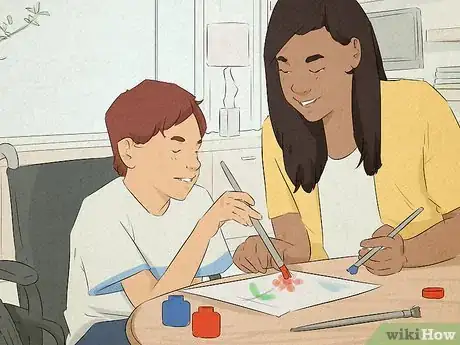
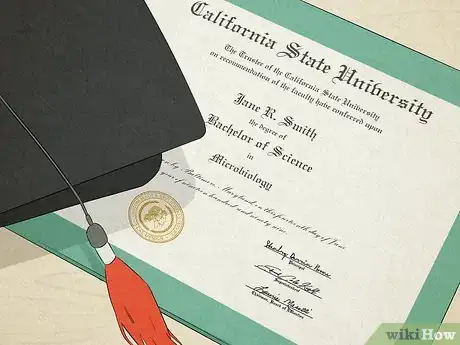
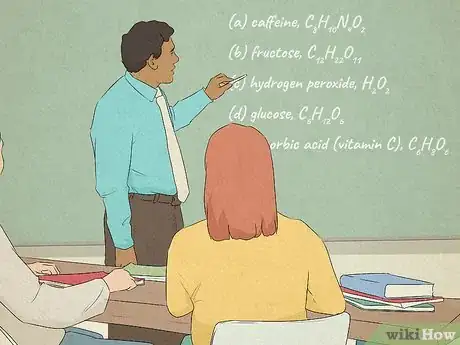



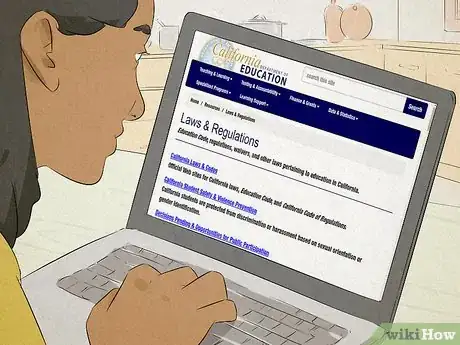
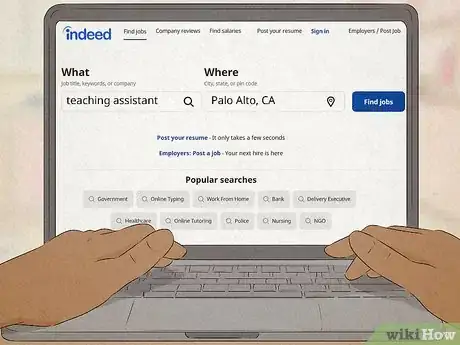
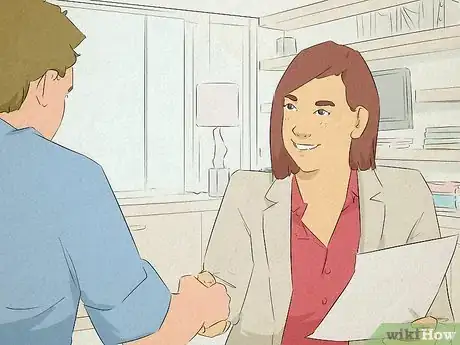
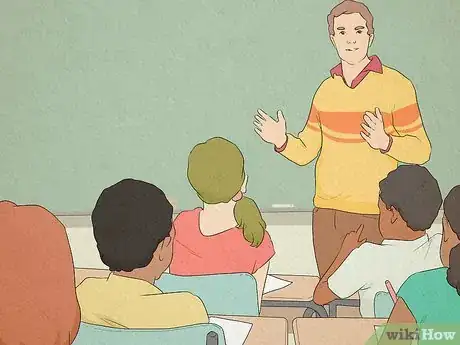
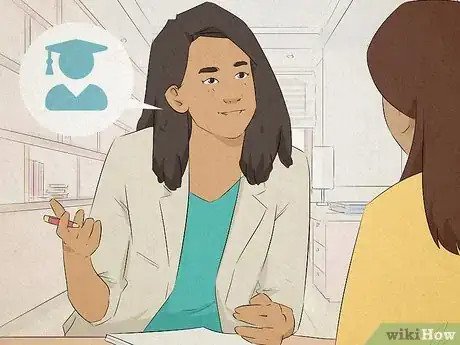
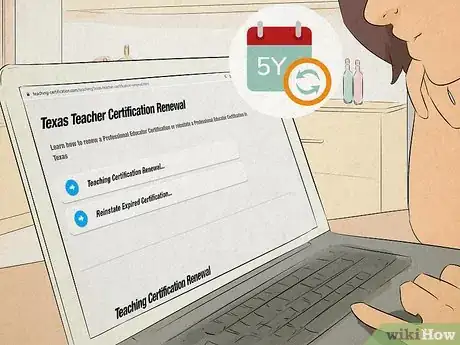
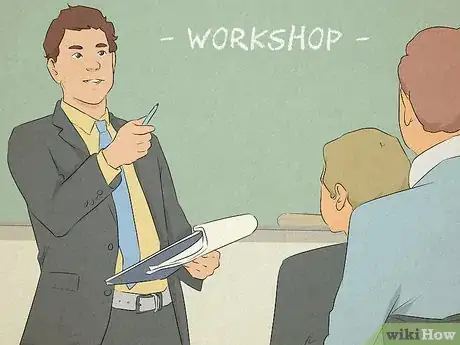
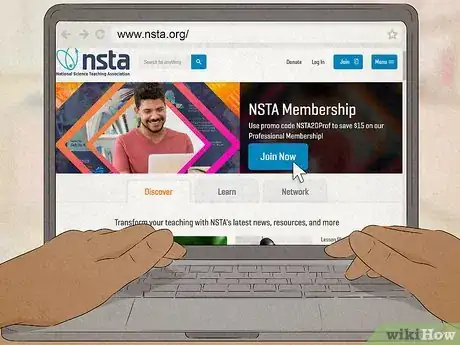
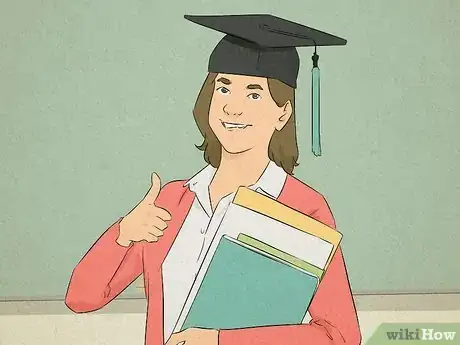

-Step-15.webp)


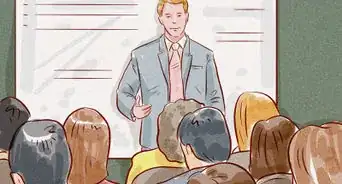

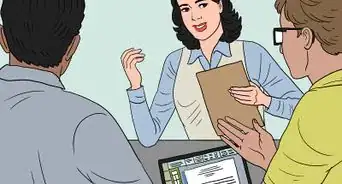
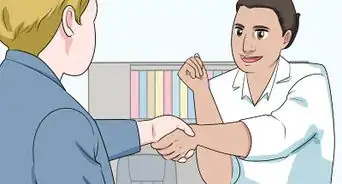


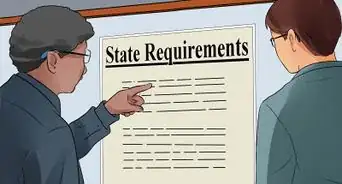

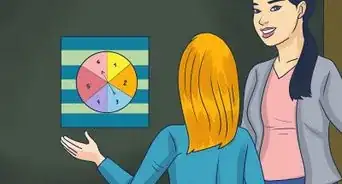
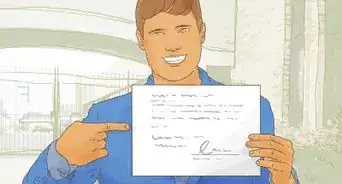









-Step-15.webp)





































